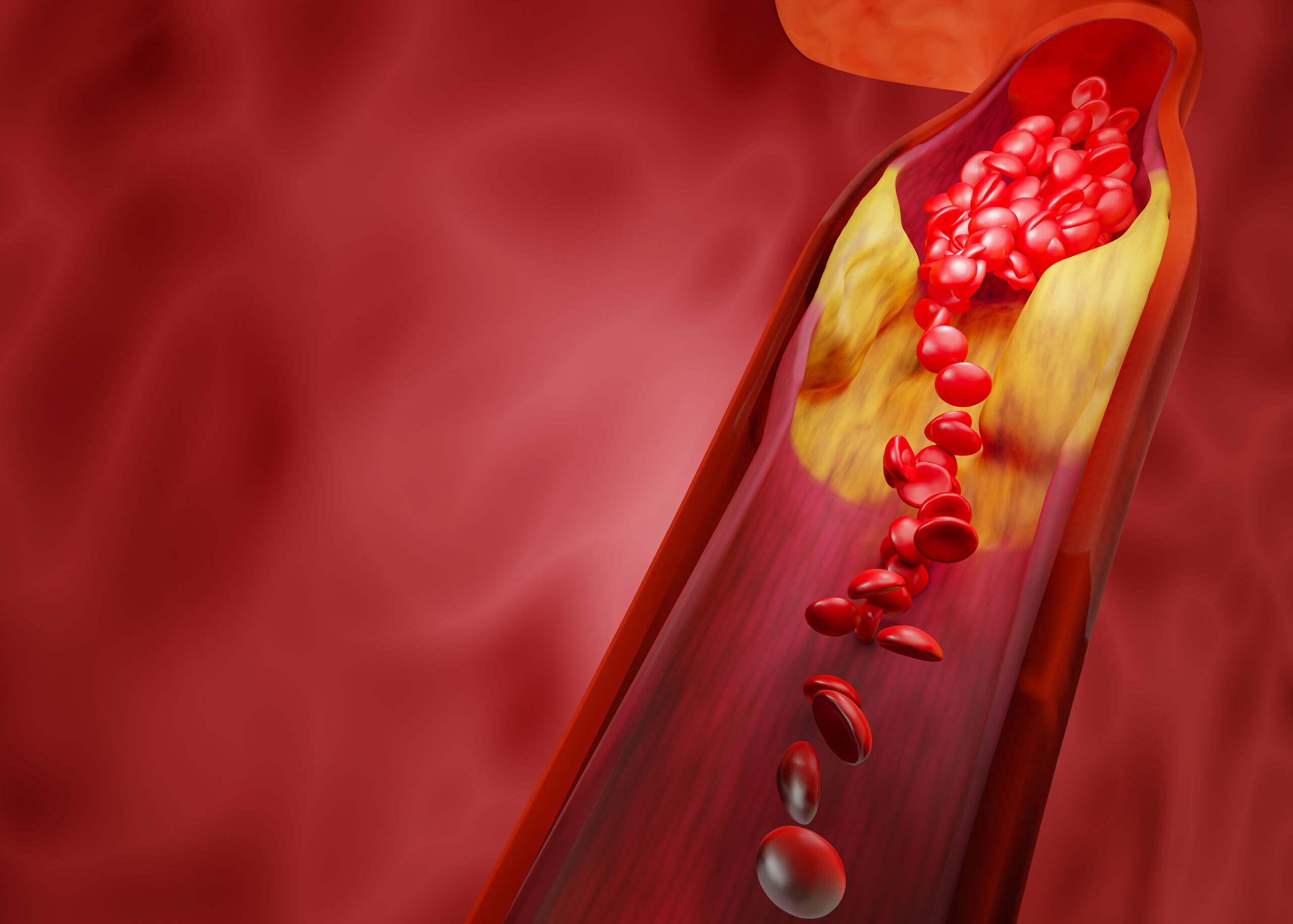
Combined hyperlipidemia is a condition where high levels of cholesterol and triglycerides coexist in the blood. This double trouble can lead to serious health issues like heart disease and stroke. But what exactly causes this condition, and how can it be managed? Genetics, lifestyle choices, and other health conditions often play a role. Understanding combined hyperlipidemia is crucial for maintaining a healthy heart. In this blog post, we'll dive into 30 essential facts about combined hyperlipidemia, shedding light on its causes, symptoms, and treatments. Whether you're looking to prevent it or manage it, these facts will arm you with the knowledge you need.
Key Takeaways:
- Combined hyperlipidemia is a common genetic disorder that can increase the risk of heart disease. Lifestyle changes and medications can help manage lipid levels and reduce the risk of complications.
- Genetic factors play a significant role in combined hyperlipidemia. Understanding family history and genetic testing can help identify and manage the condition effectively.
What is Combined Hyperlipidemia?
Combined hyperlipidemia is a condition where high levels of cholesterol and triglycerides are present in the blood. This condition can increase the risk of heart disease and other health issues. Here are some interesting facts about combined hyperlipidemia.
- Combined hyperlipidemia is also known as familial combined hyperlipidemia (FCHL) when it runs in families.
- It is one of the most common genetic lipid disorders, affecting about 1 in 100 people.
- The condition often goes undiagnosed because it doesn't usually cause symptoms until complications arise.
- High cholesterol and triglyceride levels can lead to the buildup of plaques in arteries, increasing the risk of heart attacks and strokes.
- Lifestyle factors such as poor diet, lack of exercise, and smoking can exacerbate the condition.
- Combined hyperlipidemia can be diagnosed through blood tests that measure lipid levels.
- Treatment often includes lifestyle changes such as a healthier diet, regular exercise, and quitting smoking.
- Medications like statins, fibrates, and niacin can help manage lipid levels in the blood.
- Regular monitoring of lipid levels is crucial for people with combined hyperlipidemia to prevent complications.
- A diet rich in fruits, vegetables, whole grains, and lean proteins can help manage the condition.
Genetic Factors and Combined Hyperlipidemia
Genetics play a significant role in the development of combined hyperlipidemia. Understanding these genetic factors can help in managing and treating the condition effectively.
- Familial combined hyperlipidemia is inherited in an autosomal dominant pattern, meaning only one copy of the altered gene is needed to cause the disorder.
- Mutations in genes involved in lipid metabolism, such as the APOA1, APOA5, and LPL genes, are often linked to the condition.
- Genetic testing can help identify individuals at risk, allowing for early intervention and management.
- Family history of heart disease or high cholesterol increases the likelihood of having combined hyperlipidemia.
- Genetic counseling can provide valuable information and support for families affected by the condition.
Symptoms and Complications
While combined hyperlipidemia often doesn't show symptoms initially, it can lead to serious health complications if left untreated.
- High cholesterol and triglyceride levels can cause fatty deposits in the skin, known as xanthomas.
- People with combined hyperlipidemia are at a higher risk of developing pancreatitis, an inflammation of the pancreas.
- The condition can lead to the development of atherosclerosis, where arteries become narrowed and hardened due to plaque buildup.
- Increased risk of coronary artery disease, which can result in chest pain, heart attacks, and other heart-related issues.
- Peripheral artery disease, affecting blood flow to the limbs, can also occur in individuals with combined hyperlipidemia.
Lifestyle and Management
Managing combined hyperlipidemia often involves significant lifestyle changes. These changes can help control lipid levels and reduce the risk of complications.
- Regular physical activity, such as walking, jogging, or swimming, can help lower cholesterol and triglyceride levels.
- Avoiding trans fats and reducing saturated fats in the diet can improve lipid profiles.
- Omega-3 fatty acids, found in fish and flaxseeds, can help lower triglyceride levels.
- Maintaining a healthy weight is crucial for managing combined hyperlipidemia.
- Limiting alcohol intake can also help control triglyceride levels.
Medications and Treatments
In some cases, lifestyle changes alone may not be enough to manage combined hyperlipidemia. Medications and other treatments can play a vital role.
- Statins are commonly prescribed to lower cholesterol levels by inhibiting an enzyme involved in cholesterol production.
- Fibrates help reduce triglyceride levels and can increase HDL (good) cholesterol.
- Niacin, also known as vitamin B3, can lower LDL (bad) cholesterol and triglycerides while raising HDL cholesterol.
- Ezetimibe works by reducing the absorption of cholesterol from the diet.
- Regular follow-ups with healthcare providers are essential to monitor the effectiveness of treatments and make necessary adjustments.
Final Thoughts on Combined Hyperlipidemia
Combined hyperlipidemia, a condition marked by high levels of cholesterol and triglycerides, poses significant health risks. Understanding its causes, symptoms, and treatments is crucial for managing this condition. Lifestyle changes, such as a balanced diet, regular exercise, and quitting smoking, can make a big difference. Medications like statins and fibrates also play a role in controlling lipid levels.
Early detection through regular check-ups can prevent complications like heart disease and stroke. Genetic factors often contribute, so family history should be considered. Awareness and proactive management are key to living a healthier life with combined hyperlipidemia.
By staying informed and making conscious health choices, individuals can effectively manage this condition. Remember, small steps lead to big changes. Stay proactive, consult healthcare professionals, and prioritize heart health.
Frequently Asked Questions
Was this page helpful?
Our commitment to delivering trustworthy and engaging content is at the heart of what we do. Each fact on our site is contributed by real users like you, bringing a wealth of diverse insights and information. To ensure the highest standards of accuracy and reliability, our dedicated editors meticulously review each submission. This process guarantees that the facts we share are not only fascinating but also credible. Trust in our commitment to quality and authenticity as you explore and learn with us.


